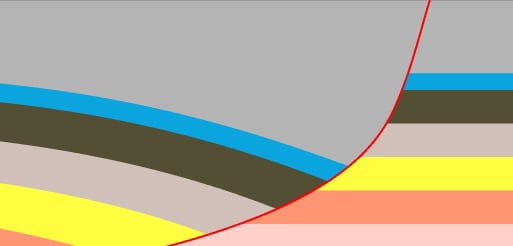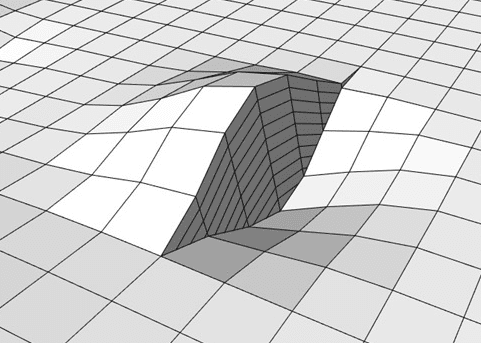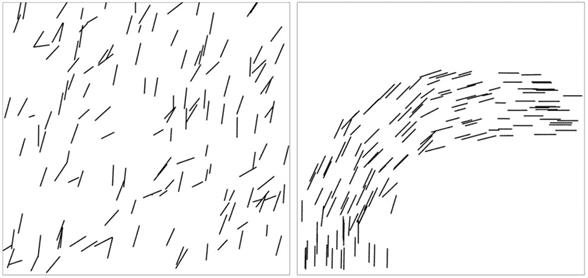How do faults impact fluid flow within reservoirs? (HAVANA)
- Department Statistical analysis of natural resource data
- Fields involved Geomodelling
- Industries involved Natural resources
HAVANA software can be used to describe how faults affect fluid flow in reservoirs. This aids in understanding reservoir performance, mitigating risks and costs, and optimising resource extraction.
HAVANA can be used for:
- studying flow effects on all fault scales
- adding faults to simulation grids by displacing grid cells or by modifying transmissibility multiplicators
- studying the geometric uncertainty of the faults on volumes
- fault seal modelling

HAVANA has a distinctive way of representing faults. Each fault is characterised by:
- the fault plane geometry
- the displacement along the fault plane
- the volume influenced by the fault
- a fault operator that can displace a 2D surface or 3D corner-point grid, and reverse the displacement to remove a fault from a 2D surface or 3D grid

To learn more about HAVANA, please contact:
Project: HAVANA
Partner: Equinor, AspenTech
Period: 1992 –
HAVANA – user manual
Bibliography:
Røe, P., Georgsen, F., & Abrahamsen, P. (2014). An uncertainty model for fault shape and location. Mathematical Geosciences, 46(8), 957–969. https://doi.org/10.1007/s11004-014-9536-z
Simulation of new faults
This functionality uses an elliptic fault model and is mainly used to simulate sub-seismic faults, allowing for:
- simulation of faults based on trends
- simulation of secondary faults around larger faults
- possibility to control grouping of faults

Fault surface uncertainty modelling
HAVANA can be used to study the uncertainty in fault surface geometry:
- modelling and visualisation of fault surface uncertainty envelopes
- deterministic change in fault location
- deterministic change in fault dip
- simulation of fault surfaces
Fault displacement modelling
HAVANA can create displacement fields for faults based on input fault lines:
- prediction of fault displacement field
- update of fault lines and horizons
- simulation of fault displacement fields
Update of simulation grids
The simulation grid can be updated based on changes in the fault model:
- addition of new faults to the simulation grid
- alternation of permeabilities based on simulated (small) faults

